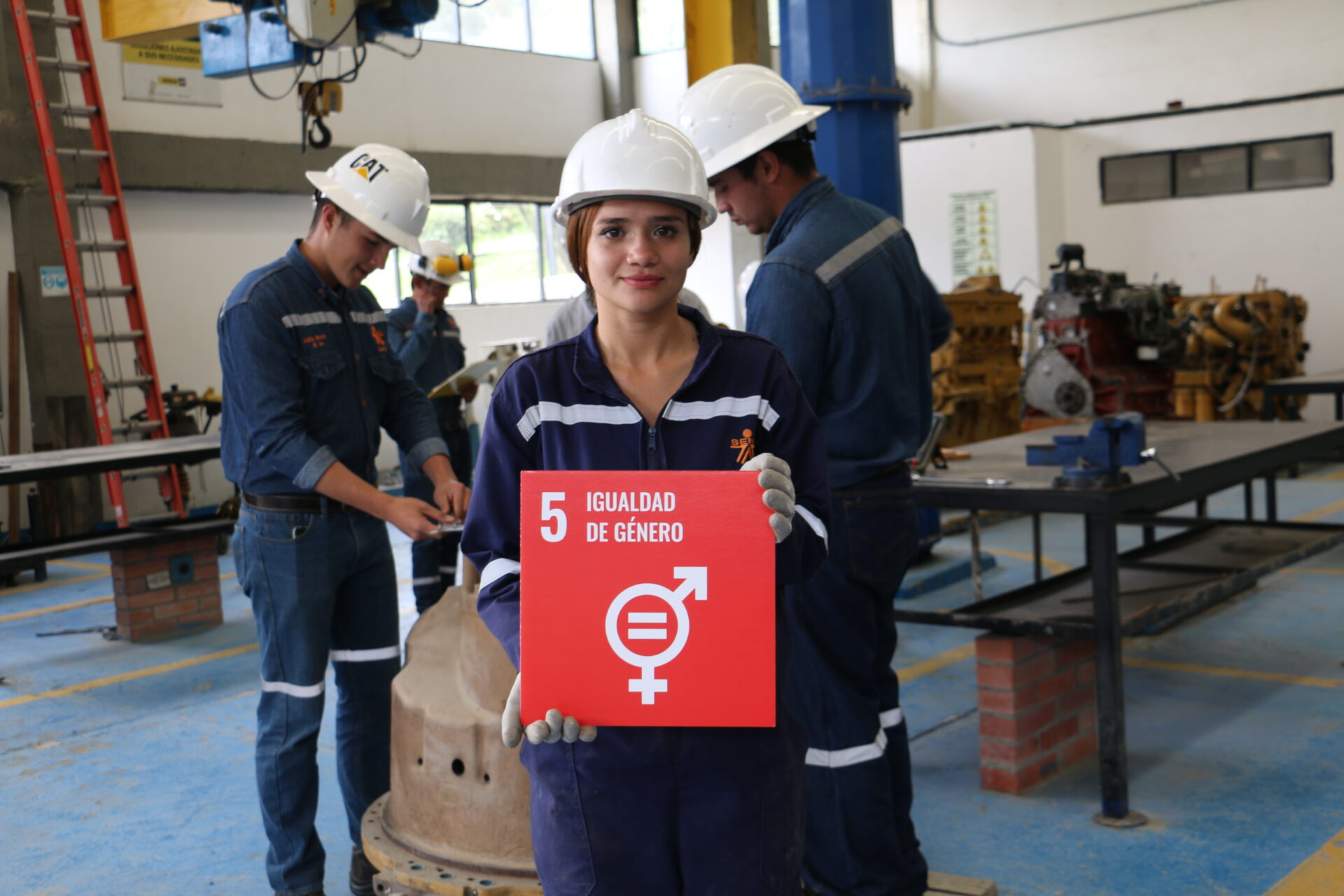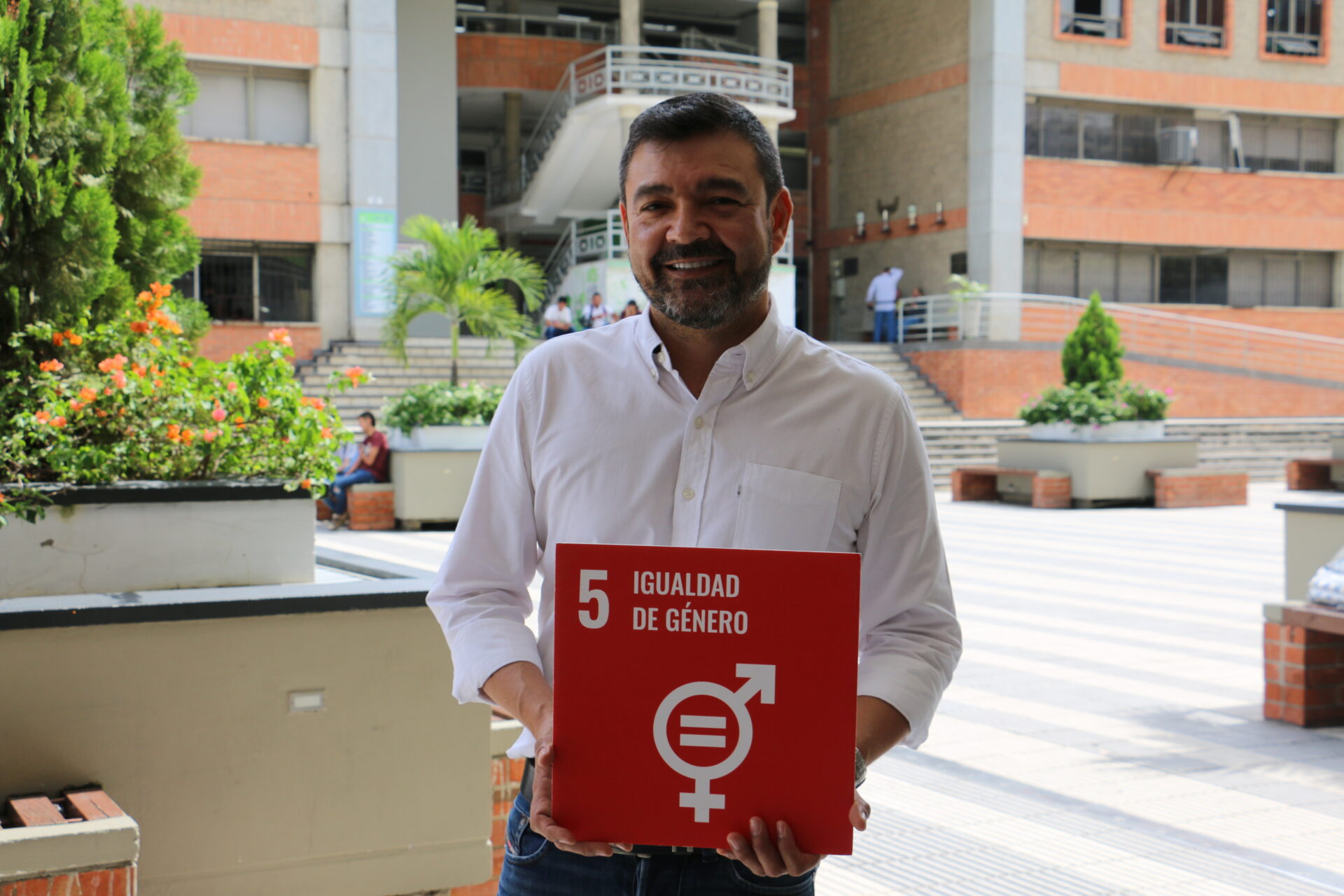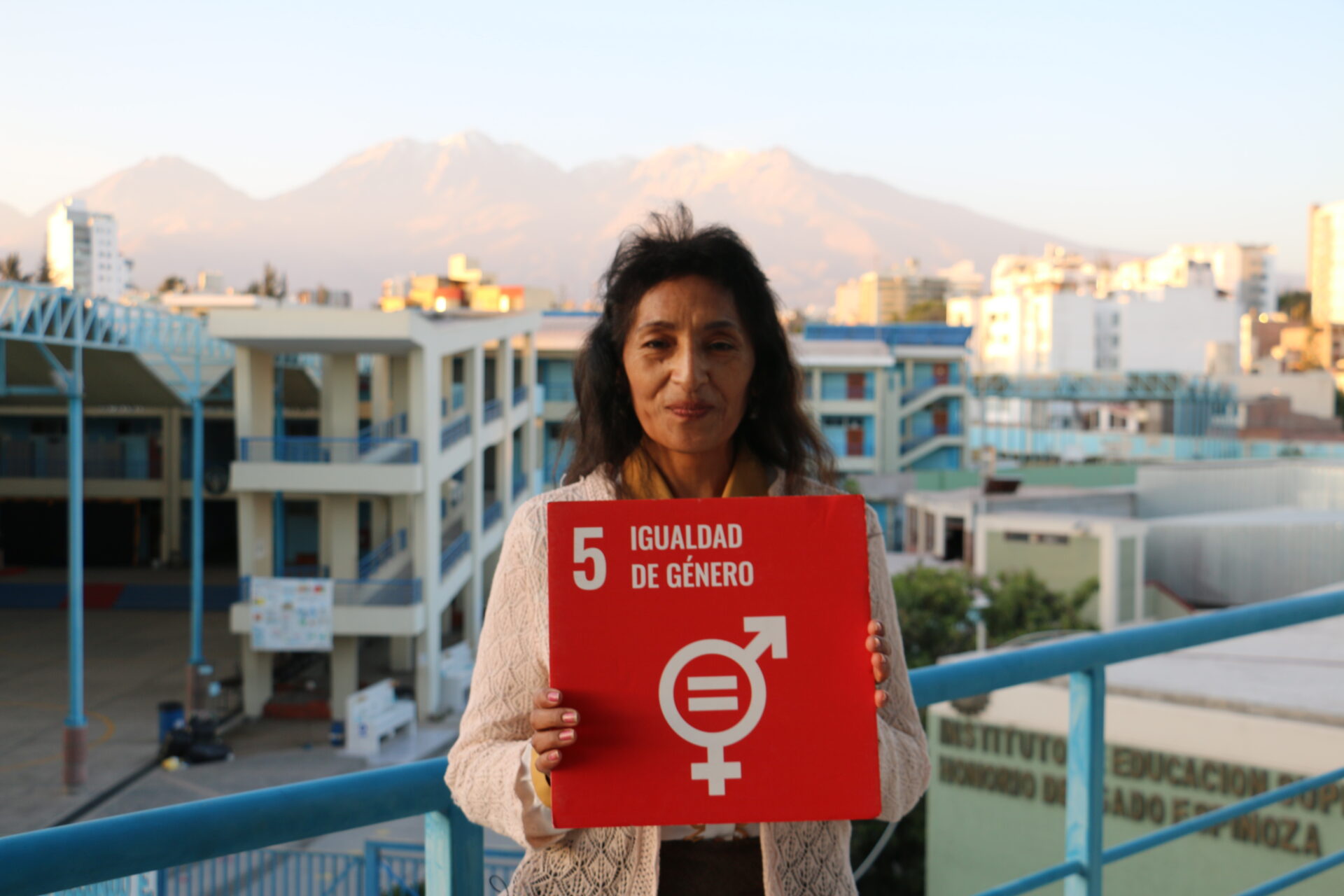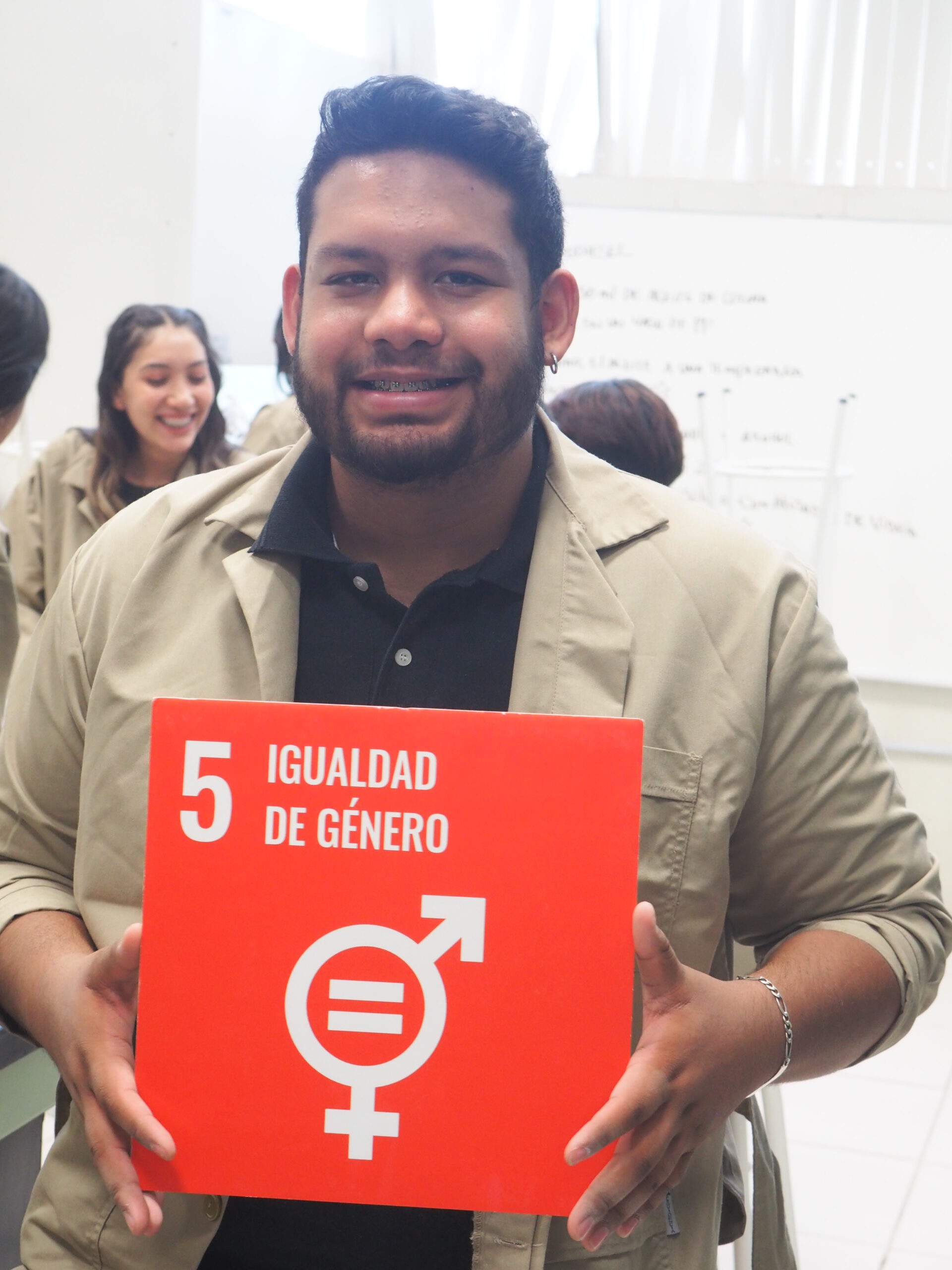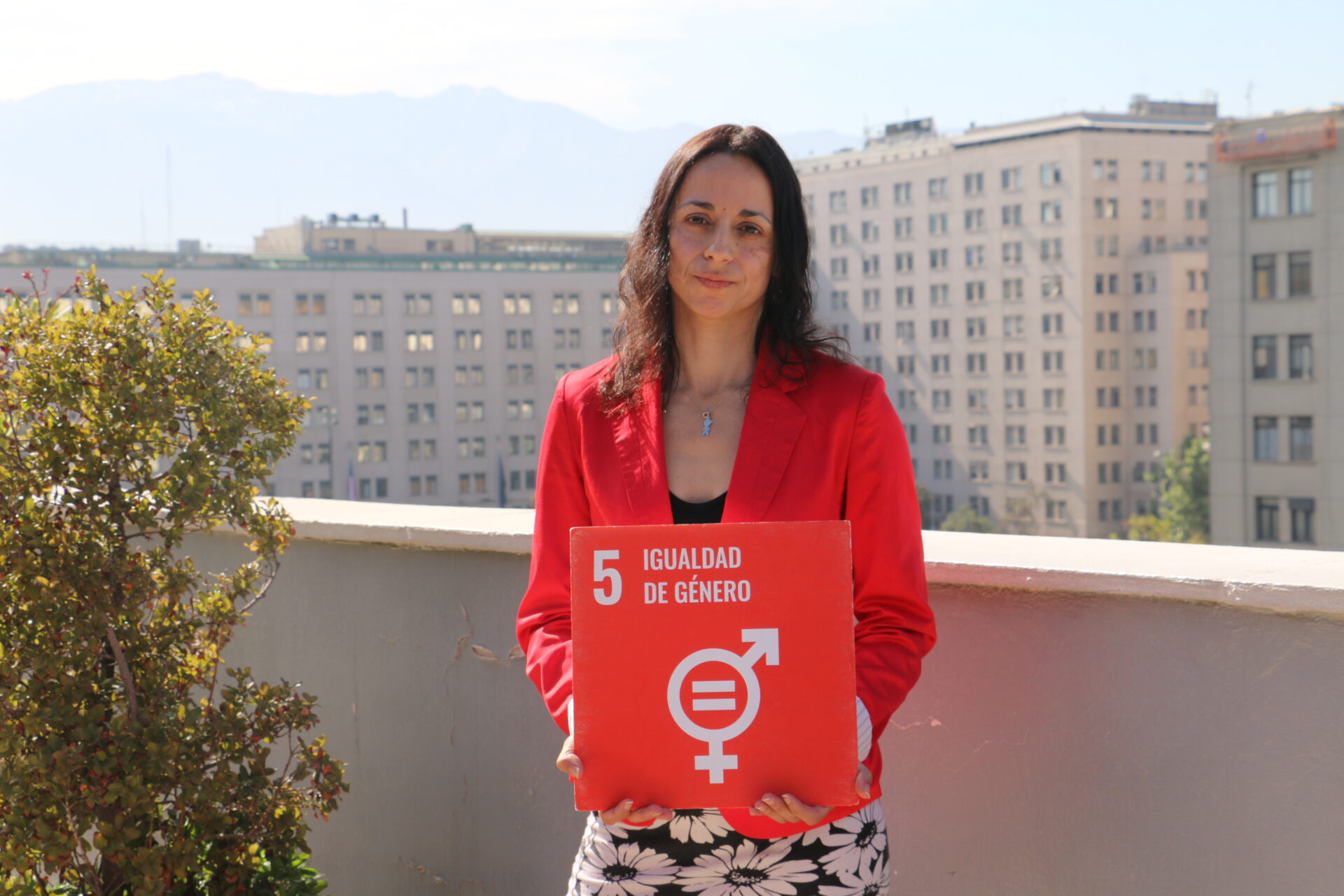8% more national stakeholders
Gender equality and inclusion
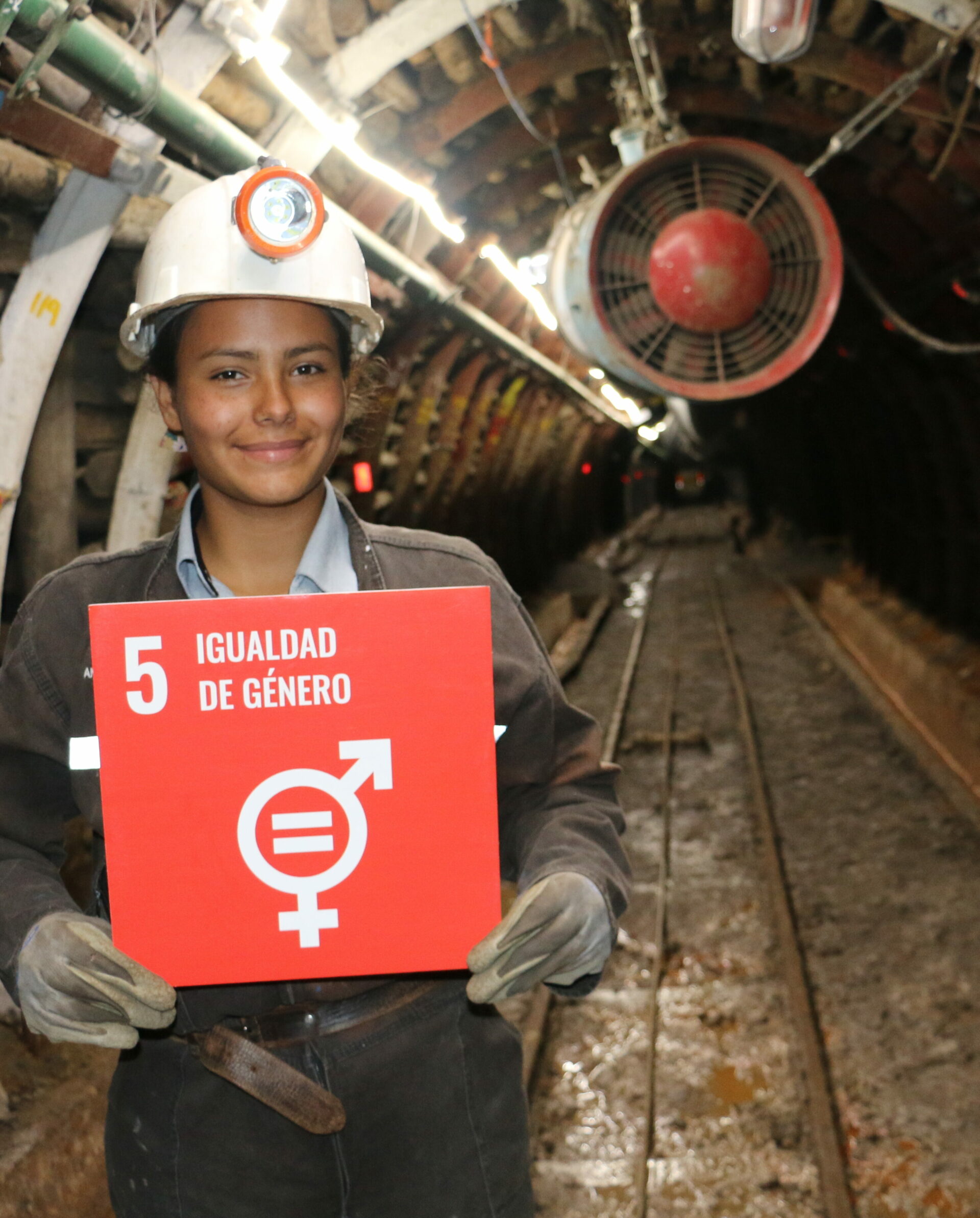
Gender equality and inclusion is one of the Program’s fundamental guidelines
Gender Equality diagnosis
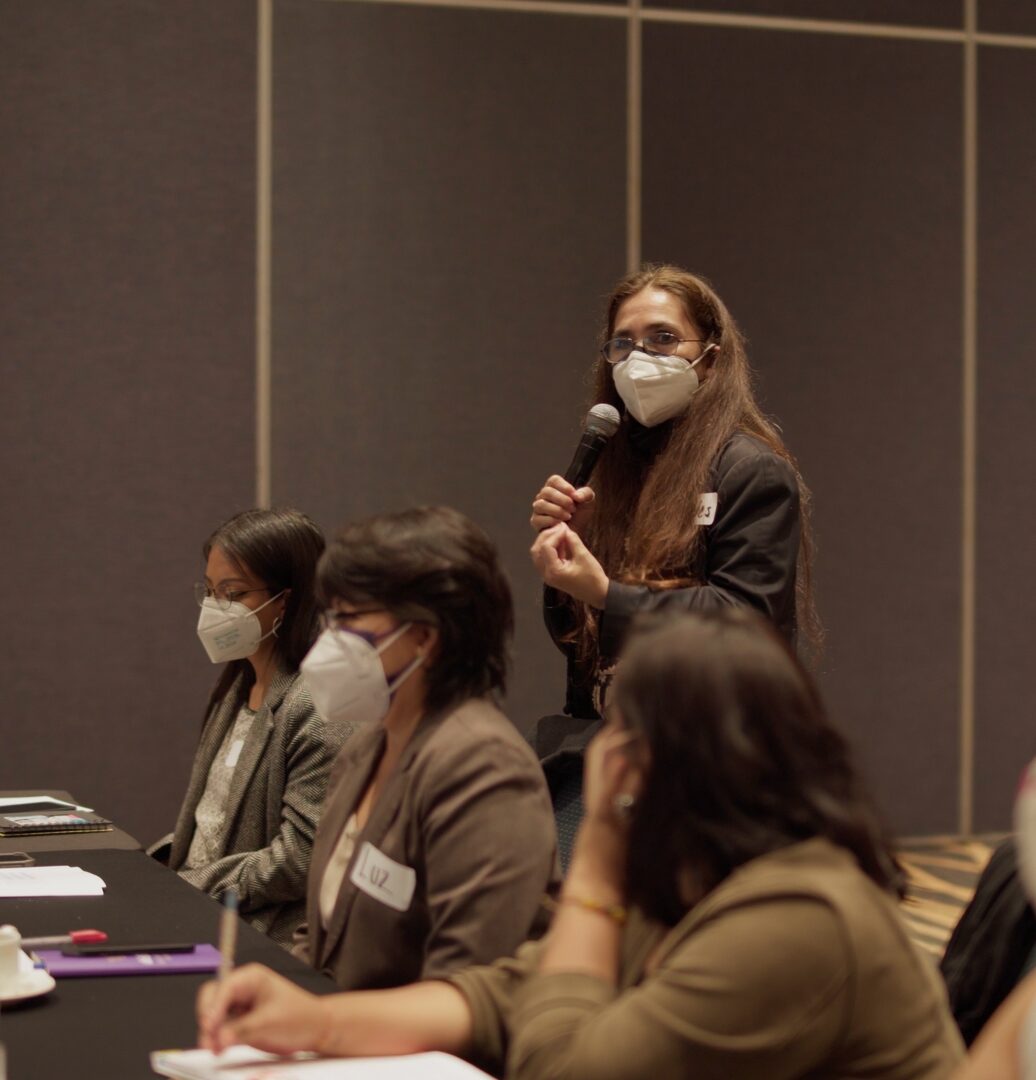
It's something to be proud of!
25 policies implemented
124 persons
11 institutions have GE committees,
82% of women
very happy with the academic success services.
The Strategy of Gender Equality
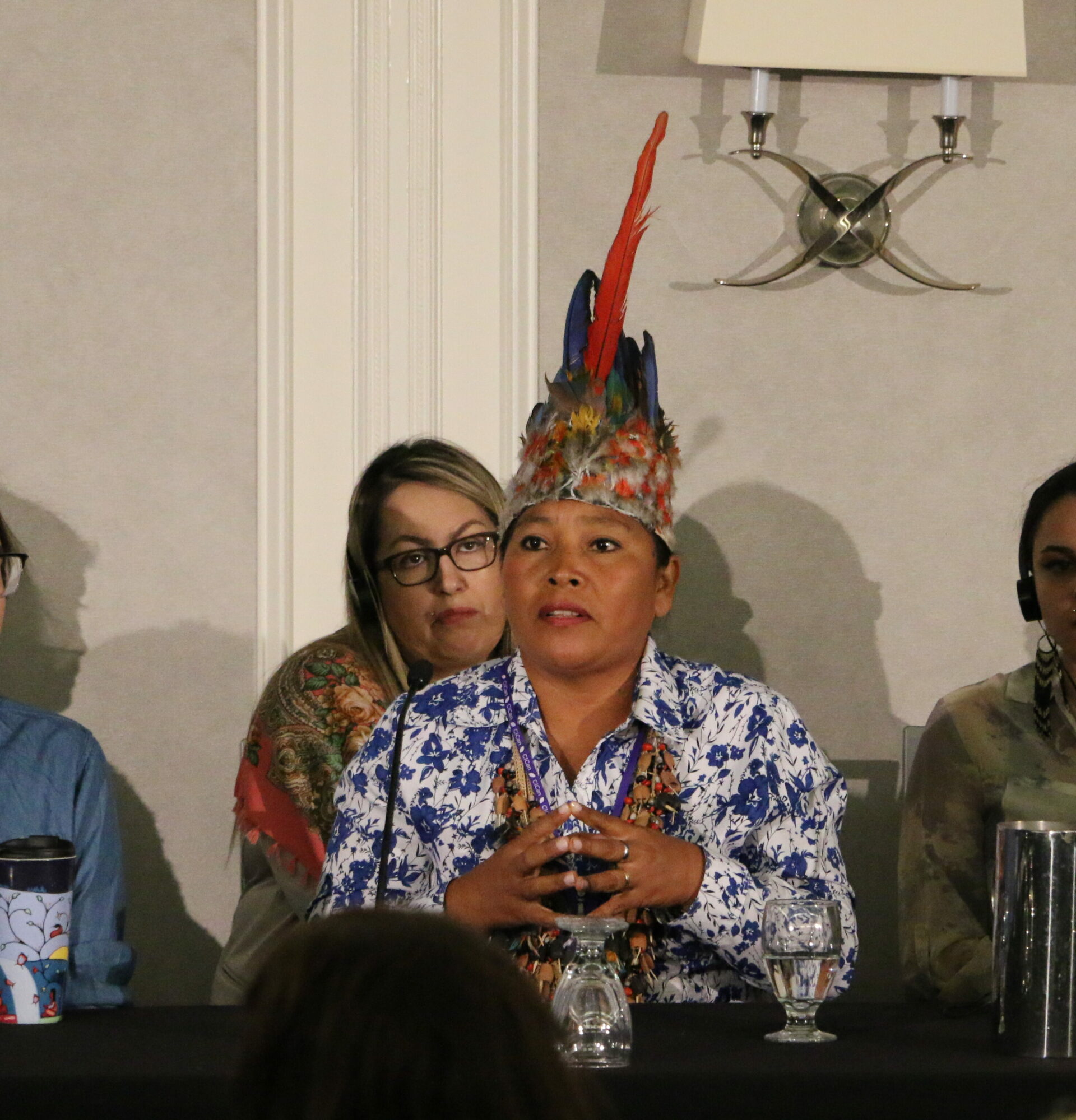
Testimonials
What was the impact of the Gender Equality activities organized through the Program on your work?
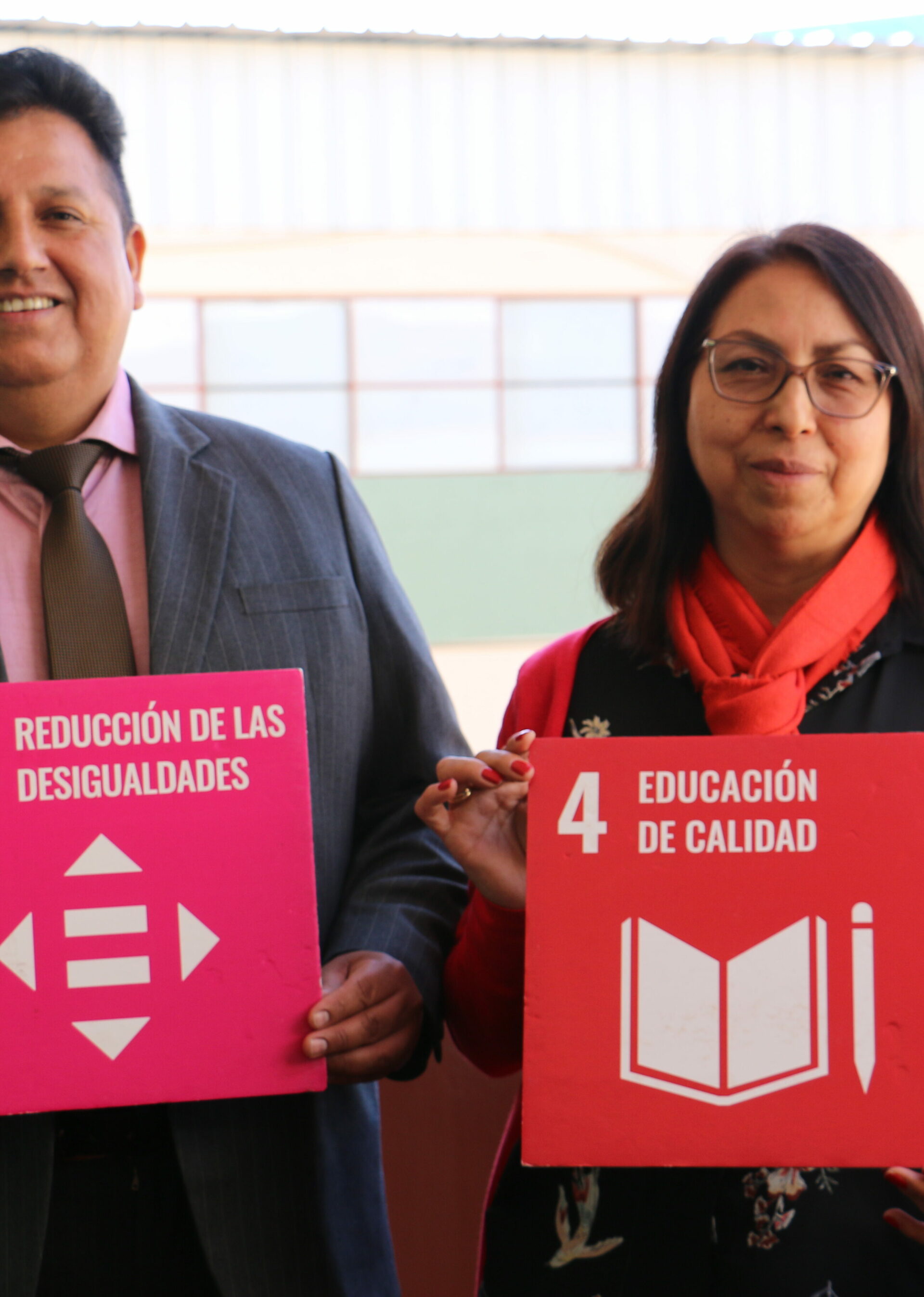
MAIN OUTCOMES
Promoting Dialogue among the Four PA Countries
The Program aimed at improving inter-sector and inter-country dialogue, and opened up spaces for exchange, reflection, and skills development among officials from different sectors. This led to impressive results, especially in light of the need for peer-to-peer exchange and the positioning of the issue in the actions of all ministerial sectors in the countries.
One of these results was the systematization of policies and best practices and the strengthening of capacities of civil servants.
Four phases of work were specified; these were aimed at identifying GE and inclusion policies, documenting and disseminating best practices, and improving dialogue among the four PA countries at the national level.
- identifying key GE policies in each country, as well as key interviewees, especially from the extractive sector and other partner ministries;
- promoting participatory documentation through the experiences and testimonials of the persons responsible for implementing these policies;
- disseminating the results; and
- developing skills in partner ministries on GE policy design, aiming at driving change in their sector.
In the final phase, four workshops were held in which 154 officials from 39 public agencies, including ministries of finance and planning, participated. As a result of the group work, each workshop identified around 63 issues that need to be addressed in public agencies in order to mainstream gender equality.
Masculinity workshops
Another effort that made significant contributions to effecting changes in institutional cultures in the countries at the national and local levels was the masculinities workshops, which aimed to develop a vision of equality based on male identities and the promotion of a culture of peace. A total of 70 officials and 190 management, administrative, and teaching staff from the partner TVET institutions participated. These were delivered over 10 training sessions; through the analysis of gender identities, stereotypes around being a man or a woman were changed, as was the perception of GE not only as an appeal by women, but also from the perspective of male identities. The testimonials show this, as both instructors and management-level staff acknowledged the impact of the changes in their perception of equality and inclusion.
GE committees and institutional policies
The gender equality strategy focused largely on coordination among partner training institutions in the four countries and Canadian partners. The strategy was mainly aimed at influencing institutional policies, forming GE committees as a necessary driver for institutional transformation, and supporting the partnerships led by Canadian institutions to drive substantive change.
As a result, the training institutions were able to support and approve 29 actions around policies and plans that mainstream gender equality and inclusion in partner institutions. One example that should be pointed out is the awareness-building process in institutions, which resulted in substantial changes at the strategic and political level. It can be said that the Program was a milestone in the work of training institutions, since it positioned GE and inclusion as a factor for quality.
Communication products
Another of the Program’s actions was aimed at supporting partner institutions’ communication strategies from a GE perspective, by supporting projects to promote educational programs without discriminating against women. More than 20 communication products were launched in the promotion campaigns for educational programs and calls for applications in 12 partner institutions.
“I Am a Woman, I Am a Technician” Campaign - Chile
Through an agreement between CEDUC UCN and Women in Mining (WIM), Chile launched the “I Am a Woman, I Am a Technician” communication campaign, within the framework of the PA-EFE Program. This campaign was created as a result of an analysis of the characteristics of employment in the mining sector and the differences in women’s educational choices in educational programs in the sector and the stereotypes that affect the selection of careers. The campaign contains ten capsules in which women who work in the extractive sector, who are successful, and who are accomplished as individuals and professionals, discuss topics such as sustainable mining, myths about women’s participation in mining, female leadership in the extractive sector, and innovation and technologies in the industry.

